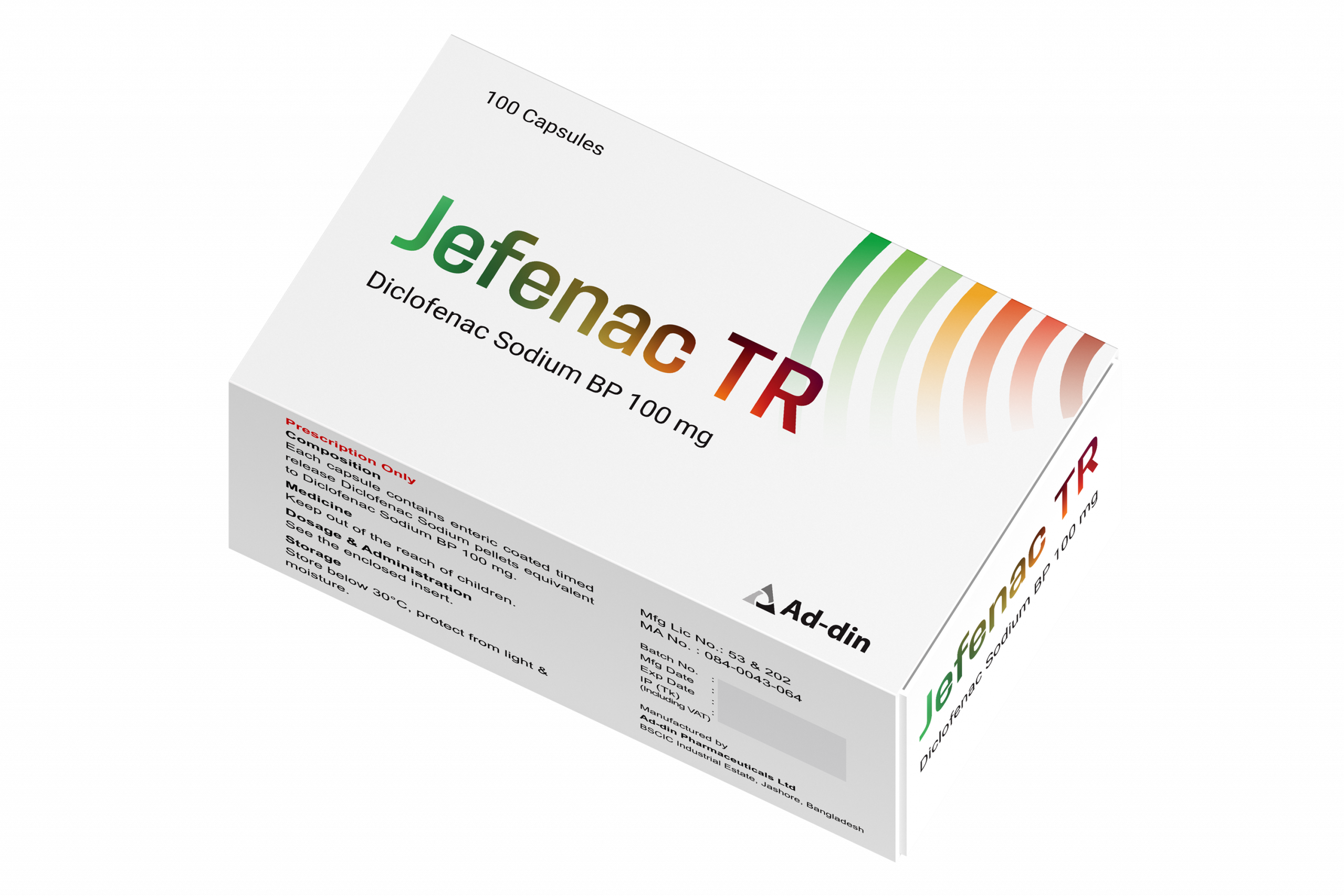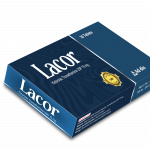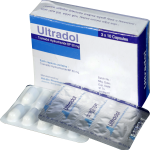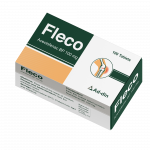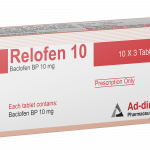Composition
Each capsule contains timed release Diclofenac Sodium pellets equivalent to 100 mg Diclofenac Sodium BP.
Pharmacology
Jefenac (Diclofenac Sodium) is a potent non-steroidal anti-inflammatory drug (NSAID) with pronounced anti-rheumatic, anti- inflammatory, analgesic and antipyretic properties. It has also some uricosuric effect. Diclofenac exerts its effect by inhibiting prostaglandin biosynthesis which plays a major role in causing inflammation, pain and fever. Jefanac (Diclofenac Sodium) is rapidly and completely absorbed from the gastro-intestinal tract when taken with or after meal. Peak plasma concentrations are reached within an average of 2 hours after ingestion of it. At therapeutic concentrations, it is 99.7% bound to plasma proteins. Diclofenac is metabolized in the liver and undergoes first pass metabolism.
Indications
Rheumatology: Inflammatory and degenerative forms of rheumatism, chronic involutive, polyarthritis, ankylosing spondylarthritis, osteoarthritis, spondylarthroses, acute gout, peri-articular rheumatic disorders.
Surgery and Traumatology: Sprain, bruises, dislocations, fractures, soft tissue injuries. surgical interventions.
Obstetrics and Gynecology: Primary dysmenorrhoea, episiotomy, adnexitis, endometritis, parametritis, salpingitis and mastitis.
Otorhinolaryngology: As pre-operative medication for the prevention of pain, inflammation and swelling.
Dentistry: Post-operative and post-traumatic pain, inflammation and swelling.
Other indications: For the prevention of pain and treatment of inflammation and swelling of patients operated in the urogenital tract, renal and biliary colic.
Dosage & Administration
One capsule daily. Diclofenac TR should be taken preferably after mealtimes.
Interaction
Jefenac (Diclofenac Sodium) may have the following drug interactions:
Lithium and digoxin: Diclofenac may increase plasma concentrations of lithium and digoxin.
Anticoagulants: There are isolated reports of an increased risk of haemorrhage with the combined use of diclofenac and anticoagulant therapy, although clinical investigations do not appear to indicate any influence on anticoagulant effect.
Antidiabetic agents: Clinical studies have shown that diclofenac can be given together with oral antidiabetic agents without influencing their clinical effect.
Cyclosporin: Cases of nephrotoxicity have been reported in patients receiving cyclosporin and diclofenac concomitantly.
Methotrexate: Cases of serious toxicity have been reported when methotrexate and NSAIDs are given within 24 hours of each other.
Quinolone antimicrobials: Convulsions may occur due to an interaction between quinolones and NSAIDs.
Therefore, caution should be exercised when considering concomitant therapy of NSAID and quinolones.
Other NSAIDs and steroids: Co-administration of diclofenac with other systemic NSAIDs and steroids may increase the frequency of unwanted effects. With aspirin, the plasma levels of each is lowered, although no clinical significance is known.
Contraindications
Contraindicated to the patients hypersensitive to any ingredient of the products. Peptic ulcer, hypersensitivity to Diclofenac like other non- steroid anti-inflammatory agents, Diclofenac is also contra-indicated in asthmatic patient in whom attack with asthma, urticaria or acute rhinitis are precipitated by acetylsalicylic acid or by other drugs with prostaglandin synthetase inhibitor. This Gel should not be used under occlusive airtight dressings.
Precautions & Warnings
In rare instances where peptic ulceration or gastrointestinal bleeding occurs in patients under treatment with Diclofenac. In patients with advanced age should be kept under close observation. Diclofenac Sodium Gel should not be allowed to come in contact with the eyes or mucus membranes, after application the hands should be washed properly and not to be taken by mouth.
Side Effects
Diclofenac Sodium is generally well tolerated. Adverse effects are mild, rare and transient. At the starting of the treatment, however, patients may be sometimes complaining of epigastric pain, eructation, nausea and diarrhea or dizziness or headache. These effects are usually mild in nature. Peripheral edema and skin reactions, such as rash and eczema have also been encountered. Diclofenac Sodium Gel may cause local irritation and reddening of the skin and skin rash.
Pregnancy & Lactation
During pregnancy, Diclofenac should be employed only for compelling reasons. The lowest effective dose should be used. These types of drugs are not recommended during the first trimester of pregnancy. In view of insufficient clinical data, Diclofenac Sodium Gel is not recommended during pregnancy. A very insignificant quantity of Diclofenac may be detected in breast milk but no undesirable effects on the infant to be expected.
Storage
Store below 30°C, protect from light and moisture. Keep out of reach of children.
Packaging
Each box contains 100 tablets in blister pack.

